When people talk about working out in the gym you will often hear them reference their ‘Lats’. But what exactly are the Lats, how do we work them? In this article we are going to break down what the Lats are, what movements they are involved in and the most effective exercises for strengthening them.
WHAT EXACTLY ARE THE LATS?
The actual name of the muscles we refer to as the Lats is Latissimus Dorsi. In Latin, Latissimus means broadest, and Dorsi means back, referring to the fact that the Lats are the broadest muscles in the back.
You have two Lats – one on the left side and one on the right side. They have a large fan-like muscle belly which spans much of the mid back region, before narrowing into a tendon which attaches in the upper section of the humerus, meaning much of its impact is on the shoulder joint.
Because of the fan-like structure of the lats, they have several points of origin. These specific points can vary due to several factors, including genetics. The common origins include the spinous processes of T7-L5, thoracolumbar fascia, iliac crest, inferior 3 or 4 ribs and the inferior angle of the scapula.
The tendon that the muscle belly narrows to attaches to the floor of the intertubercular groove in the upper portion of the humerus.
LATS MOVEMENTS
A study comparing the activation patterns of the lats in 17 male subjects found that the medial fibres were more active with extension, adduction and external rotation, while the lateral fibres were more active with shoulder depression. It has also been suggested that because of the lats attachment points on the spine it may also contribute to rotation of the trunk, however evidence regarding this has been mixed.
TYPES OF EXERCISE BENEFICIAL FOR OSTEOARTHRITIS
There are three key modes of exercises that are beneficial for people with osteoarthritis.
We should consider in the conservative management of osteoarthritis. These modes are flexibility/mobility training, resistance training and cardiovascular training.
Shoulder Extension
Shoulder Adduction
Now consider standing upright and swinging your arm across your body and then out to the side. The motion of the arm coming back into and across the body is shoulder adduction. Because the lats originate on the midline of the body, and attach to the humerus from below, contraction of the muscles pull the arms towards the midline of the body.
Shoulder Internal Rotation
Now imagine standing up straight, with your arms by your side facing forward. Now roll your arm inwards so that your elbow is now pointing out to the side. This movement is the internal rotation of the shoulder. Because the lats originate on the back but attach to a point on the front of the humerus, contraction of the muscles facilitate internal rotation of the shoulder joint.
EFFECTIVE & BEST LAT EXERCISES
Whilst the lats contribute to a range of exercises that you may perform in the gym, the most effective exercises for the lats are compound movements which specifically target the movements facilitated by the lats. Ensuring the lats are the prime muscle of movement prevents other muscles from overcompensating and impacting on the effectiveness of the exercise for the lats.
In all movements we will talk about the concentric, and eccentric, phases. The concentric phase refers to the force production while the muscle shortens (contracts). The eccentric phase refers to the force production as the muscle lengthens. It is important to strengthen the muscles in both concentric and eccentric movements.
Pull Up
The Pull Up is a basic exercise which targets the lats and can be performed with minimal equipment. All that is required is a bar (or something that you can hang from) above head height. With the palms of the hands facing forwards, and arms about shoulder width apart, grab hold of the bar. The action is to pull the body up towards the bar leading with the chest. You want to make sure that the rest of your body is stabilised (not swinging), and that the movement is performed in a steady, controlled motion. Once the chest is at or close to the bar, you then want to control the movement back to the starting position.
Maintaining control of the downward movement is important, as this is the eccentric phase of the exercises and requires the muscle to continue to hold tension. Allowing gravity to do all the work removes tension in the muscle, eliminating the benefits of the eccentric phase. At the bottom of the movement, it is important not to allow the body to fully hang in between repetitions. You want to maintain some tension in the muscles as you then lead into the concentric phase of the next repetition.
VARIATIONS OF PULL UP
The grip on the bar can also be altered, both to target different muscle areas and for comfort in performing the movement. The traditional pull up described above focusses on strengthening the Lats through adduction of the shoulder, with some extension as well. Performing the exercises with a narrower grip (hands positioned closer together) reduces the amount of adduction involved and focuses more on the extension of the shoulder. The exercises can also be performed with a reverse grip (sometimes referred to as a chin up), with palms facing towards the body. A study of twelve healthy males performing a Lat Pulldown (see below) with varied grips showed that there was a significant increase in Latissimus Dorsi activation with palms facing forward, compared with the palms facing backwards, suggesting the traditional grip is the most effective for activating the Lats.
LAT PULLDOWNS
As with the pullup, the most common method is to have the palms of the hands facing forwards. The machine will generally have a seat with thigh pads for you to place your knees under, to stop your body from being pulled upwards while you are trying to pull the weight down. Sitting, leaning back slightly from the hips, the bar is then pulled down towards the sternum, before being returned to the starting position in a controlled manner.
It is important to make sure the body is stabilised, not swinging forwards and backwards and the weight of the body not being used to assist with pulling the weight down. It is also important to only bring the bar down to a position that is comfortable for the shoulders, and to avoid any extra forward rotation of the shoulders which puts a lot of the strain through the shoulders and creates an injury risk.
Variations Of Lat Pulldowns
Whilst exercises which involve pulling from above head elicit the greatest response from the lats, rowing type exercises which involve pulling a weight from in front of the body also require activation of the Lats. A study of the muscle activations of seven men performing three variations of rowing movement found that the inverted row had the greatest activation of the lats.
The inverted row is another simple exercise to perform, requiring nothing more than a fixed bar that is positioned anywhere between waist and shoulder height. The body should be positioned below the bar, with legs out in front and arms holding the bar so that the body is hanging with the bar in line with the chest. Keeping the heels on the ground, the movement involves pulling the body up towards the bar (concentric), and then a controlled movement back to the starting position (eccentric). The body should be stabilised in such a way that it remains in a straight line throughout the movement (ie. No curving of the back or ‘sagging’ of the hips)
As with the Pull Up and Lat Pulldowns, hand positioning and grip will have some effect on the activation of the muscles involved. In instances where the person performing the exercise may not be strong enough to pull full body weight, the positioning can be varied so that either the knees are bent (reducing the lever), or the bar is higher (creating an incline which reduces the effect of gravity on the movement).
Other rowing exercises can also be considered, with the Bent Over Row being found to be the next most effective at activating the lats. Other rowing movements such as seated and standing cable or machine rows will also have some impact on the lats.
CONSIDERATIONS
A trained exercise professional should also be consulted before performing these exercises, to ensure safe and correct posture and performance of the exercise.
KEY TAKEAWAYS
The lats are a major contributor to movements of the shoulder and can be trained in a number of ways. The most effective exercises for activating the lats are the Pull Up, Lat Pulldown and inverted row, with each exercise offering several variations to account for level of ability, comfortability and functional goals.
Article Sources
HealthxTips is committed to delivering content that adheres to highest standard for accuracy, sourcing and objective analysis.
HealthxTips uses only high-quality and trustworthy sources to support the facts in our articles.
1. Bennell, K. L., Hunt, M. A., Wrigley, T. V., Lim, B. W., & Hinman, R. S. (2008). Role of muscle in the genesis and management of knee osteoarthritis. Rheumatic diseases clinics of North America, 34(3), 731–754. https://doi.org/10.1016/j.rdc.2008.05.005
2. Castrogiovanni P, Musumeci G. Which is the Best Physical Treatment for Osteoarthritis? Journal of Functional Morphology and Kinesiology. 2016; 1(1):54-68. https://doi.org/10.3390/jfmk1010054
3. Harvard Health Publishing. (2013, May 8). Exercise is good, not bad, for arthritis. Harvard Medical School. https://www.health.harvard.edu/blog/exercise-is-good-not-bad-for-arthritis-201305086202
4. Hunter, D. J., & Eckstein, F. (2009). Exercise and osteoarthritis. Journal of anatomy, 214(2), 197–207. https://doi.org/10.1111/j.1469-7580.2008.01013.x
5. Lange, A. K. (2008, September 29). Strength training for treatment of osteoarthritis of the knee: A systematic review. Wiley Online Library. https://onlinelibrary.wiley.com/doi/full/10.1002/art.24118
6. Luciana E Silva, Valeria Valim, Ana Paula C Pessanha, Leda M Oliveira, Samira Myamoto, Anamaria Jones, Jamil Natour, Hydrotherapy Versus Conventional Land-Based Exercise for the Management of Patients With Osteoarthritis of the Knee: A Randomized Clinical Trial, Physical Therapy, Volume 88, Issue 1, 1 January 2008, Pages 12–21, https://doi.org/10.2522/ptj.20060040
7. The College of Family Physicians of Canada. (2009, September). Exercise and knee osteoarthritis: Benefit or hazard? CFP MFC. https://www.cfp.ca/content/55/9/871?etoc%253C%2Fref%253E%253Cref=
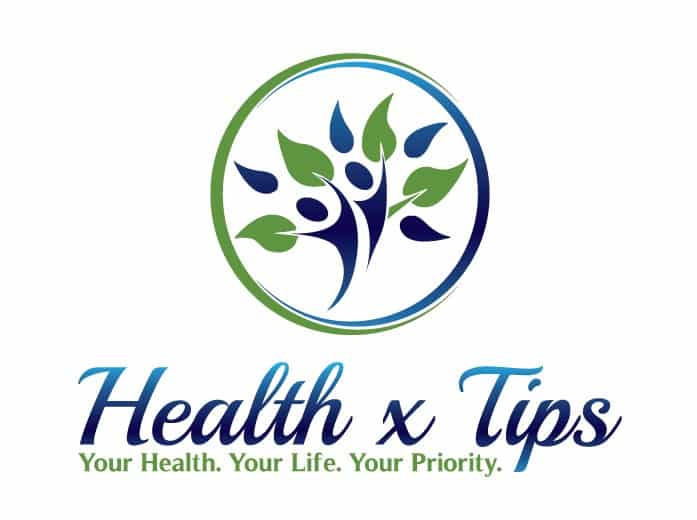

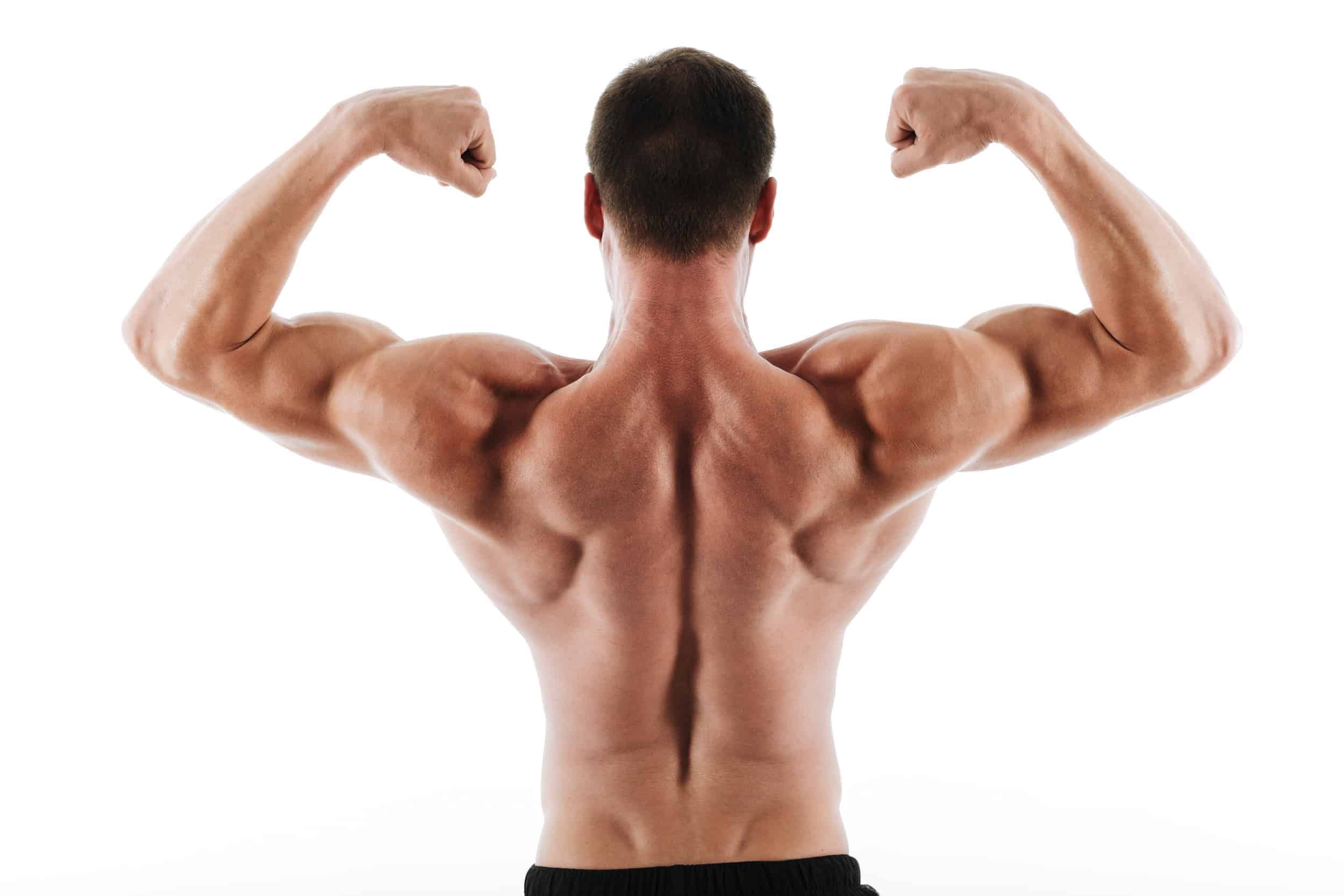


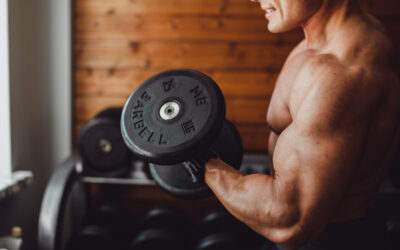
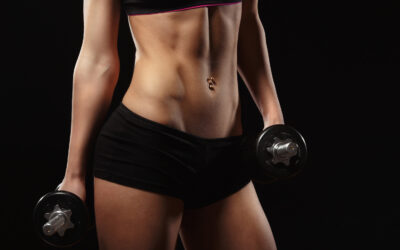
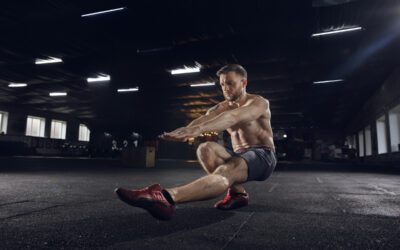
0 Comments